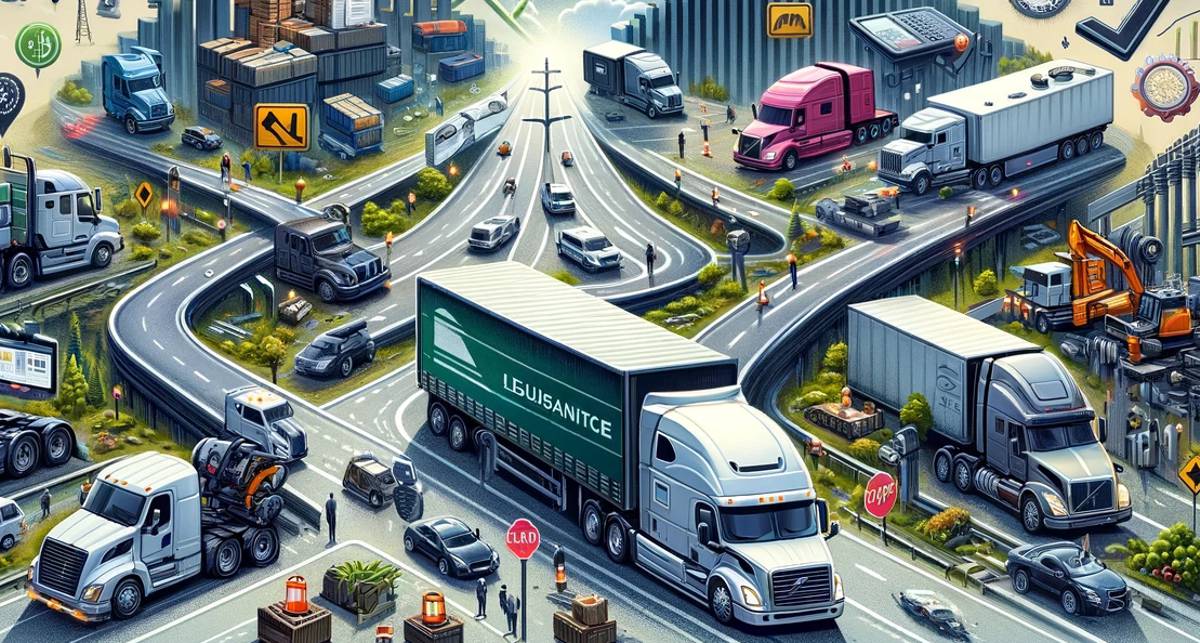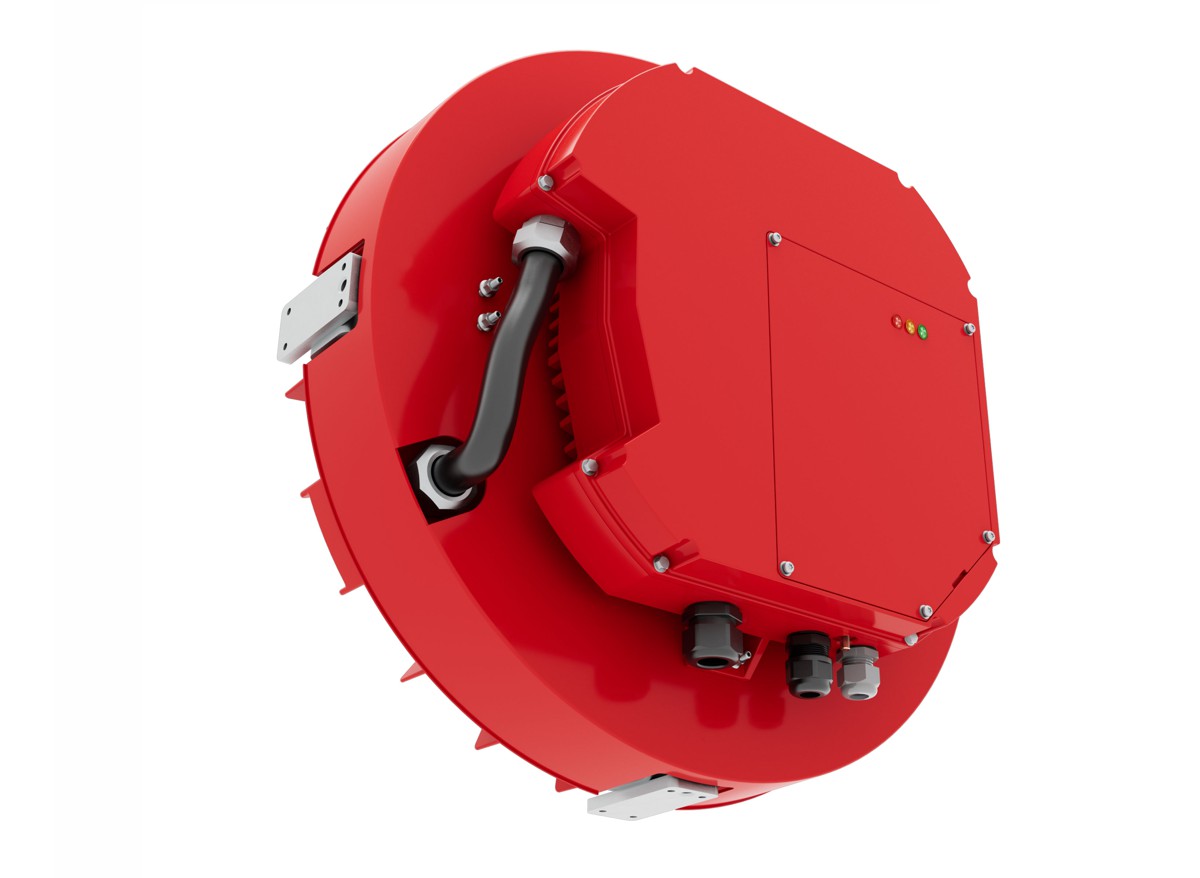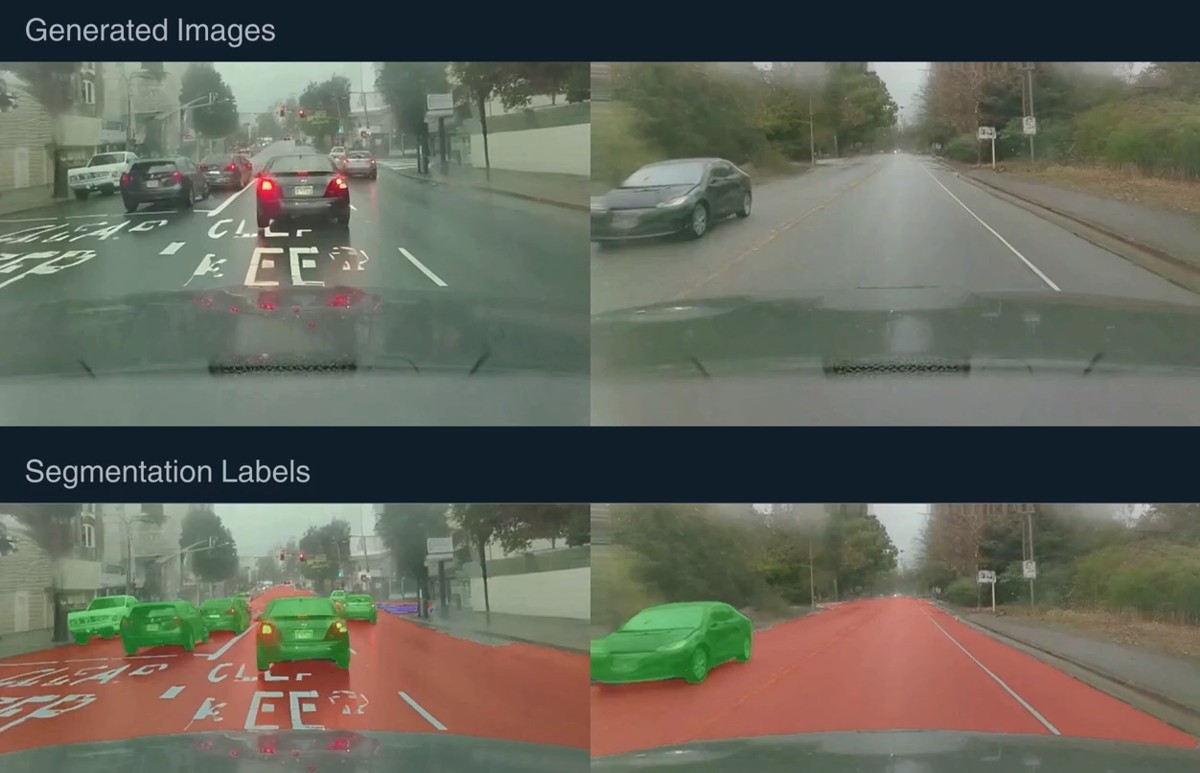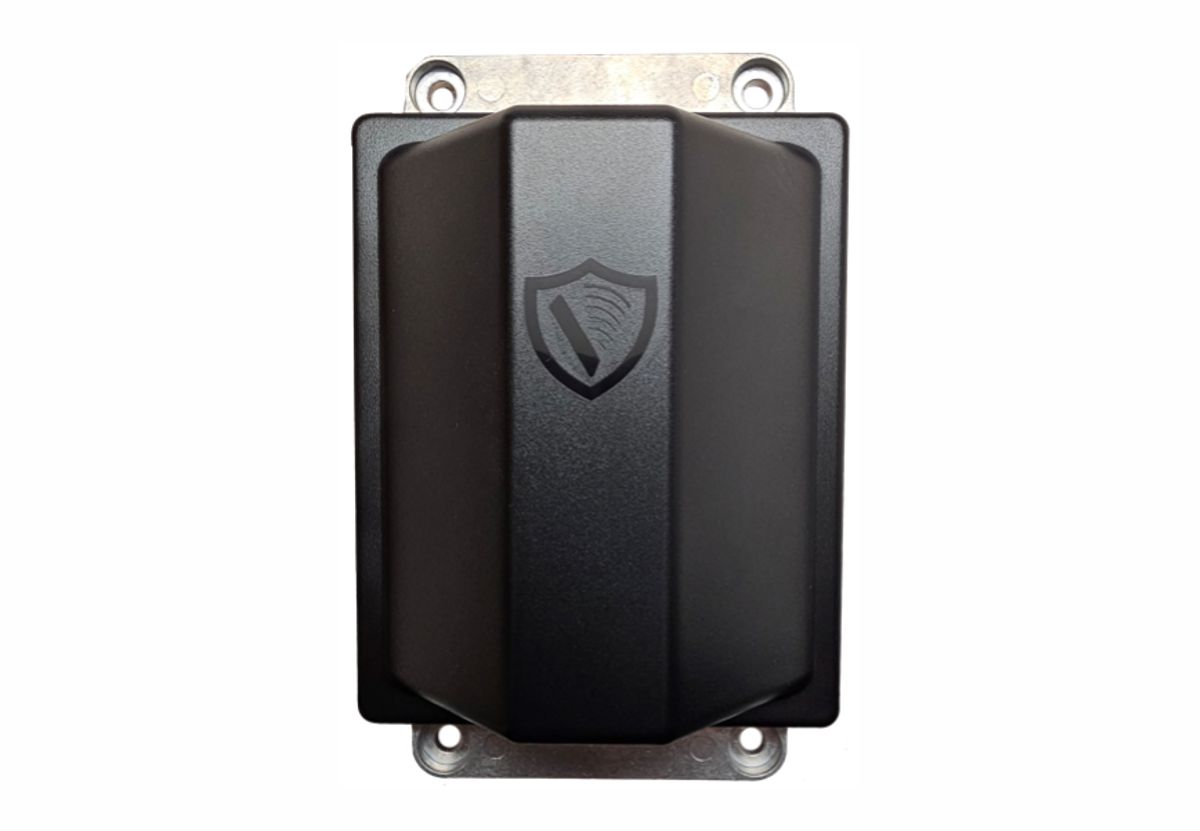Uncovering Blind Spots in the Breakdown Lane for Fleet Safety
Fleet managers face a daunting challenge in keeping up with the evolving landscape of fleet safety. With so many best practices, safety tools, and research findings to consider, it can be difficult to know which decisions will lead to the best outcomes. On top of that, they also have to juggle cost-reduction initiatives, compliance, fuel prices, and operational efficiency. It’s no wonder that keeping everyone safe on the road can seem like a Herculean task.
What’s worse, the upward trend of disproportionately large verdicts and insurance rates is becoming increasingly unsustainable each year. Recent research indicates that low to medium-risk carriers experience a yearly increase of around 10% in fleet insurance rates. In the previous decade, from 2010 to 2018, the size of verdict awards grew by a staggering 51.7%. In recent months, there has been a trend among some states to pass laws limiting trucking companies’ liability. These laws are being debated in the context of federal preemption, which presents a risk of coverage gaps and could potentially hurt road safety.
The fleet industry must address these pressing issues head-on. By adopting the proper approach and utilizing the appropriate tools, trucking companies can remain ahead of the game and guarantee that their fleet is operating safely and efficiently.
Legislative Changes and Coverage Gaps
Federal preemption as a solution could result in a uniform set of regulations for trucking companies nationwide. This would establish a consistent regulatory framework, simplifying compliance for companies operating in multiple states and potentially reducing administrative costs and time spent navigating different regulations.
While federal regulations aim to provide coverage, they might not be as comprehensive as some existing state laws with stricter standards. If federal preemption supersedes stricter state safety regulations, the overall safety standards for the industry could potentially decrease — making a bad problem even worse for everyone on the road.
Trucking companies must adopt a strategic approach to navigate the constantly changing legal landscape while ensuring their compliance with safety standards. This approach should include thoroughly examining the specific legislative changes in each state where they operate and understanding their implications. Furthermore, companies must stay informed about any developments in federal preemption laws and adjust their compliance and safety protocols accordingly.
A comprehensive analysis is necessary to evaluate the impact of new legislation on a trucking company’s operations, risk management practices, and overall business strategy. Adapting to the evolving legal environment and staying ahead of legislative shifts can help trucking companies manage liability, safeguard their operations, and uphold safety standards.
Leveraging AI and Technological Solutions
Trucking companies can improve safety by prioritizing advanced AI and technology solutions instead of relying solely on litigation to shift the burden of proof. These solutions include electronic logging devices that monitor driver hours of service in real-time to prevent driver fatigue or logbook falsification. Predictive maintenance technology can detect vehicle issues before they lead to safety violations, while AI-powered dashcams can detect risky driver behavior and accidents, provide an automated coaching framework, and assist in the fleet’s ability to exonerate in case of false claims.
Collision avoidance technologies use AI algorithms to analyze real-time data and predict potential collision scenarios. These systems warn drivers, helping them avoid accidents and improve road safety.
Unlike traditional monitoring, these systems actively track and analyze various facets of trucking operations, allowing for a more comprehensive evaluation of safety protocols and ensuring consistent adherence. In addition, these systems provide real-time data analytics beyond mere compliance, providing insights that help companies promptly identify potential on-road risks.
Automated systems provide numerous advantages, such as streamlining documentation and ensuring compliance with evolving regulations. Automated reporting systems facilitate efficient and accurate record-keeping, essential for demonstrating adherence to regulations during audits and inspections. Systems like automated coaching can provide drivers with immediate guidance on corrective adjustments and equip them with vital fleet safety training virtually.
By automated claims processing systems, companies can expedite the investigation and settlement of claims, minimizing the financial impact on trucking companies and insurers. AI can analyze vast datasets to identify patterns and trends, facilitating more accurate and efficient claims resolution. This reduces the industry’s administrative burden and ensures a fair and timely process for all parties involved.
AI-powered risk assessment models also assess a trucker’s driving history, habits, and overall (positive) performance. A data-driven approach can result in fairer premium calculations, aligning insurance costs with the actual risk posed by individual truckers. Video Telematics devices, which monitor driving behavior in real-time, provide insurers with valuable “what really happened” evidence in case of accidents. This evidence enables a more accurate representation of events and can aid in the exoneration of truckers from exaggerated claims.
The trucking industry can benefit from integrating AI and technology to comply with regulations, improve safety, enhance driver engagement, and streamline claim management. This intersection offers a more efficient, safer, and sustainable future for all stakeholders involved.
Article by Adam Kahn, President of Netradyne.















